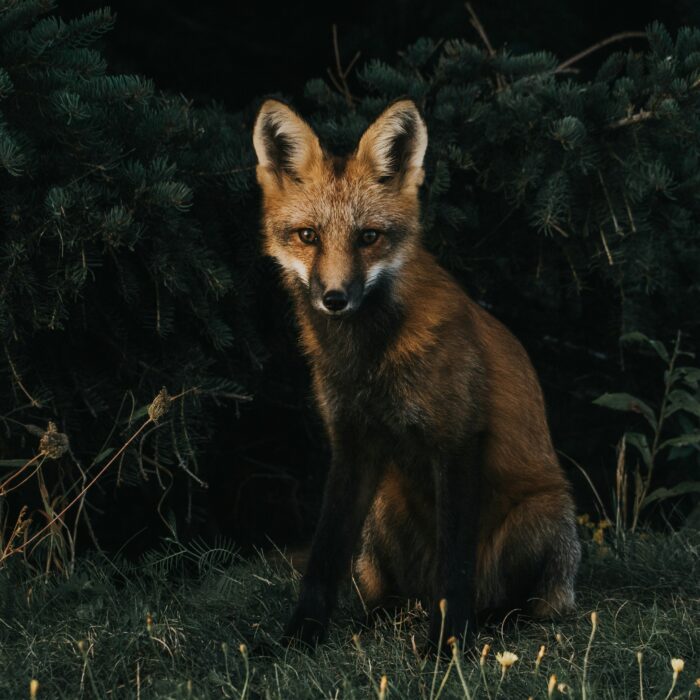You have no items in your cart. Want to get some nice things?
Go shopping
Welcome to Litro’s A Flash of Inspiration series! Once a month we will select a flash fiction or short story submission that we find especially intriguing and run a brief interview with the author about the piece and writing in general.

For our inaugural installment, #FridayFlashUSA editor Christy Alexander Hallberg has chosen “It Wasn’t For Me” by Katy Ward, a story that originally ran in Litro on June 26, 2020. Hallberg was immediately impressed by the story’s structure and how it augmented the complexity of the subject matter. She was also struck by the correlation of the fertile natural world with the barrenness of the closed spaces in which the characters find themselves. Through unexpected voices, the story elevates itself above what can be a trite topic to something far more substantive, with its commentary on socioeconomics and the effect of poverty on young women. It is a story that begs to be read and contemplated repeatedly.
CAH: How long have you been writing flash fiction? Do you write in other genres? Do you find that you return to certain themes in your writing repeatedly?
KW: I am a real newcomer to flash fiction and only started writing my own stories during the coronavirus lockdown. “It Wasn’t for Me” was actually the first piece I ever had published, which was a great boost for my confidence.
I’ve always been fascinated by the subject of mother/daughter relationships, which tend to be a recurring theme in my stories. These relationships can be unremittingly intense and, whether healthy or toxic, can underpin almost every decision we make in adult life.
CAH: What inspired you to write “It Wasn’t For Me”? Does the story have any autobiographical elements?
KW: The story does have a basis in my own life, but any autobiographical elements definitely don’t relate to my relationships with my own family. They would be furious if I suggested they did.
The autobiographical elements come from individuals I knew or observed as a child and teenager. The city I grew up in (Hull) traditionally has the lowest educational achievement in the UK and I encountered many families trapped in poverty and struggling with issues such as drugs, alcoholism, and domestic violence.
I often remember a girl I went to school with who was rumoured to be pregnant when she was 15. Her family suddenly took her out of school and it seemed to me as though she had completely disappeared. She became a mythical figure in my imagination. I often wonder what it would have been like to be in her situation and whether she had her baby.
CAH: The style of the piece is quite interesting. It’s divided into three parts. The beginning and ending are told in third-person point of view, which creates a bit of distance from the gravity of the subject matter — abortion — but the middle part is told in first-person from the perspective of the main character’s aborted baby. What inspired you to construct the story in this fashion?
KW: In all honesty, this shift could reflect the fact I am constantly unable to decide whether to write my stories in the first or third person. On many occasions, I’ve written a piece from one perspective and then gone back to totally rewrite it in another voice.
For the first section of the story, I was inspired by people I often see when I’m sitting in a park by myself. Although I observe these strangers in minute detail, I have no idea what is going on in their minds.
In the second section, I felt this stream of consciousness spoken by a child who never existed could reflect the frantic and disjointed way in which we often think. I frequently plan conversations with other people in my own mind, knowing I’ll never have the opportunity to carry these out in real life. The notion of giving a voice to an aborted fetus, something often seen as dirty or shameful, was also strangely appealing.
For the final section, I tried to create two disembodied voices floating around a sterile, whitewashed room. I felt the distance could reinforce the main character’s sense of feeling drained and empty. However well-meaning the counsellor in the story may be, I wanted to create the impression she is reading from a checklist of pre-prepared questions when interrogating the main character on an incredibly traumatic and personal experience.
CAH: Nature is a motif in “It Wasn’t For Me.” How do you see it functioning in terms of the overall execution of the story?
KW: There are, of course, obvious connections to fertility and pregnancy, which are key to the story. From an autobiographical point of view, this focus on nature could reflect the fact I started writing this story in lockdown. As we were all trapped inside, the natural world suddenly represented a means of escaping these feelings of suffocation we were all experiencing. I also wanted to use the first and final sections of the story to emphasize the juxtaposition between the ripeness of the natural word and the sterility of certain medical environments. Having gone to counselling myself several years ago to cope with anxiety, I based the description of the therapy room on settings from my own memory.
CAH: Where do you turn for creative inspiration? Which artists have most inspired your own work? What books are on your nightstand?
KW: Virginia Woolf has been a favorite of mine since I was a teenager and I especially love To the Lighthouse. Although I would never have the audacity to draw any parallels between Woolf’s writing and my own, my fondness for her work foreshadowed my later affection for micro stories. I’m fascinated by the idea that a character’s entire life can be contained in a fleeting moment.
I also love memoirs and am constantly in awe of the shrewdness with which certain writers (often, but not always, women) can observe their own lives without becoming maudlin or self-indulgent. I’ve read The Outrun by Amy Liptrot more than once and I also really enjoyed Lowborn by Kerry Hudson.
In terms of fiction, I’m currently rereading Her by Harriet Lane and find its bleakness totally compelling. I am really drawn to its depiction of the all-consuming obsession a certain type of person can have with someone who, on the face of it, is a near total stranger.
CAH: What are you working on now?
KW: Although I studied English Literature at university, I never had the confidence to write anything of my own until I hit my mid-thirties. After university, I started working in journalism, and reporting other people’s stories seemed less exposing than writing my own fiction.
I’ve now overcome my earlier reluctance to turn to myself for subject matter and would love to attempt a memoir based around my experiences of coming from a working-class area and attending elite universities. In these environments, I felt like a total outsider and this sense of alienation has affected almost every aspect of my life. I’m just trying to figure out if my story is worthy of the genre.




